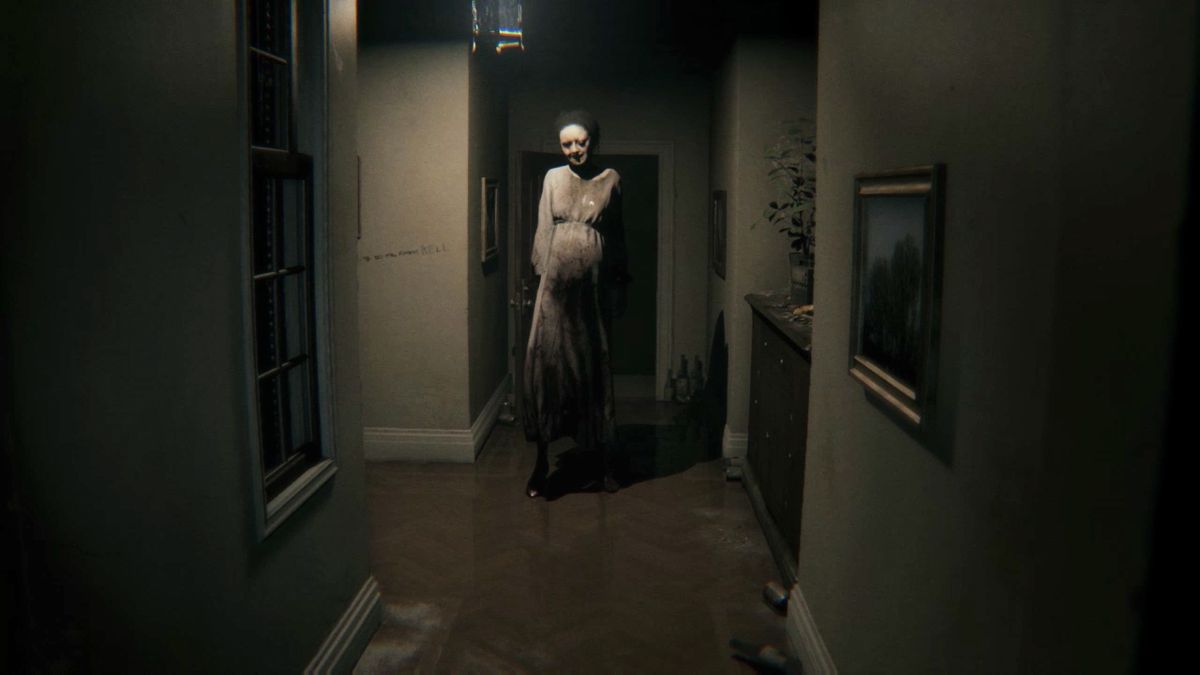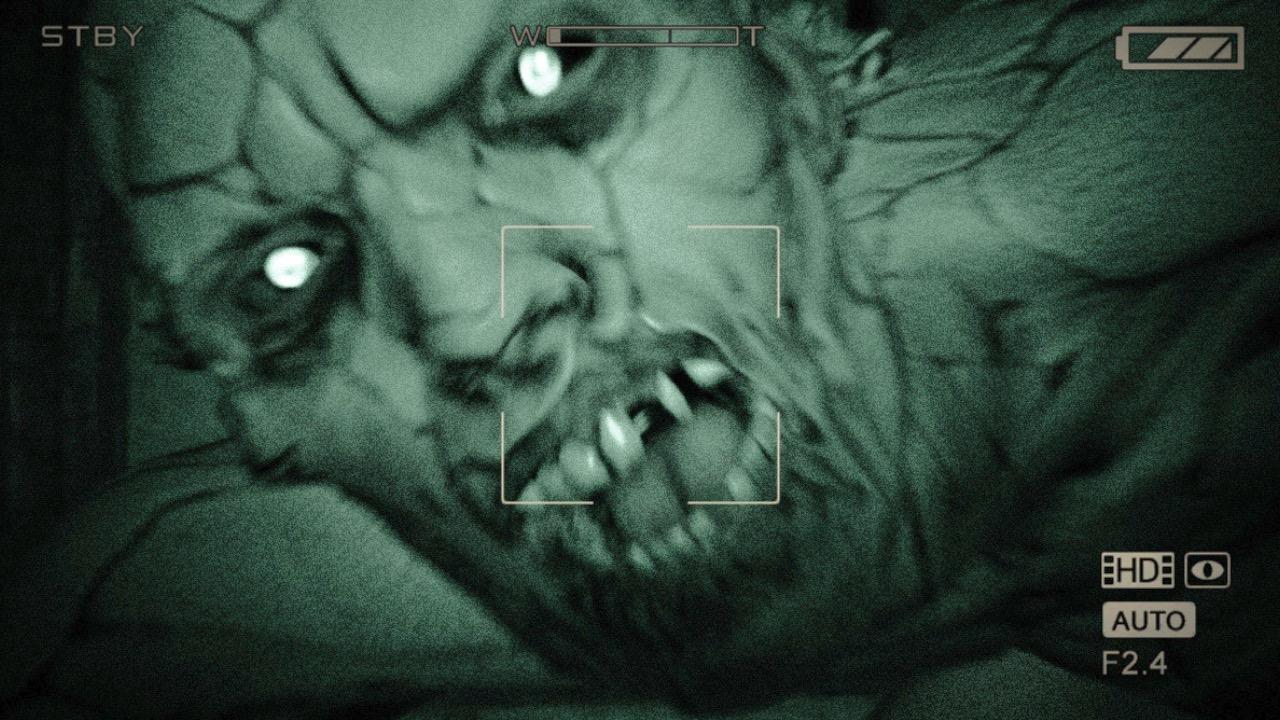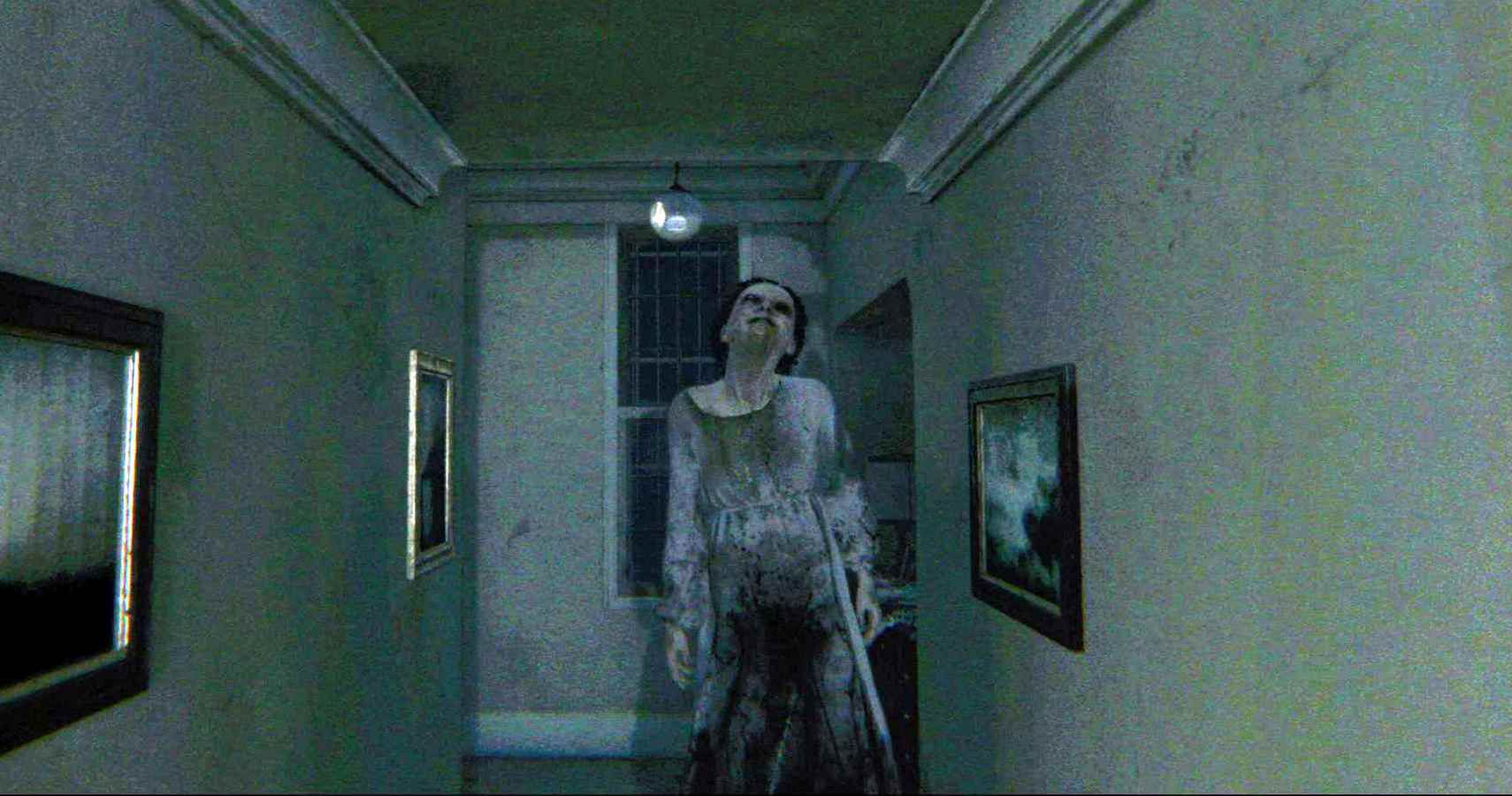In the psychological horror game P.T., the inclusion of jump scares plays a critical role in enhancing the overall atmosphere of fear and tension. The game’s masterful design, centered around a looping hallway, utilizes the ghostly figure of Lisa to deliver a series of impactful jump scares. Below is an analysis of the primary jump scares, their triggers, and their effects on gameplay:
1. Initial Hallway Appearance of Lisa: Early in the gameplay, players encounter Lisa at the end of the hallway. This first sighting is abrupt and chilling, setting the tone for future interactions. As players progress through loops, Lisa’s appearances become more frequent and startling, often triggered by specific actions such as engaging with the radio or flashlight. The gradual escalation in the frequency of these encounters serves to deepen the sense of dread.
2. Sudden Close-Up Appearances: Lisa frequently surprises players by appearing suddenly from dark corners or very close to the player’s viewpoint. These moments are typically triggered by the player’s movements, particularly when exploring the corridor or altering their camera angles. The accompanying loud noises amplify the shock of these encounters, playing on the player’s heightened sense of vulnerability as they navigate the confined space.
3. Disappearing and Reappearing in Mirrors or Behind Doors: Lisa’s ghostly presence is further accentuated through visual manipulation, such as appearing in mirrors or lurking behind doors when the player interacts with them. This clever use of environmental storytelling not only heightens suspense but also engages players in a cycle of exploration and puzzle-solving, leading to more unexpected scares and unsettling moments.
4. Extended Loops Without Lisa: The game’s design cleverly manipulates player expectations. Extended loops without Lisa can increase anticipation, making her eventual appearance more intense and frightening. This is strategically implemented to reward players for progressing through the game, reinforcing a sense of impending doom that grows with the number of loops and the completion of specific puzzles.
5. Finale Jump Scare Involving Sudden Attack: Approaching the climax of P.T., after players have solved a series of intricate puzzles, Lisa’s final attack marks a dramatic conclusion. Triggered by reaching the last iteration of the loop after completing critical sequences, this jump scare serves to resolve the tension built throughout the gameplay, delivering a cathartic yet horrifying conclusion.
Overall, P.T. ingeniously intertwines its jump scares with gameplay mechanics, where scripted events hinge on player progression and engagement with the environment. This design choice ensures the scares are not only startling but also deeply woven into the player’s experience, heightening psychological tension and fear. As players repeatedly navigate the same hallway, they become acutely aware of their surroundings, making every jump scare more impactful as it disrupts their expectations and draws them deeper into the game’s unsettling narrative.






Leave a Reply